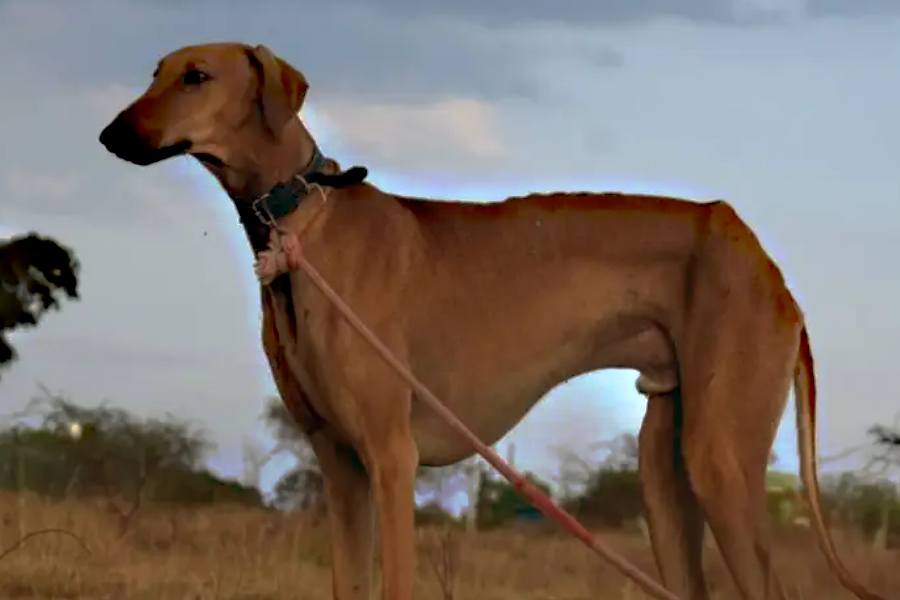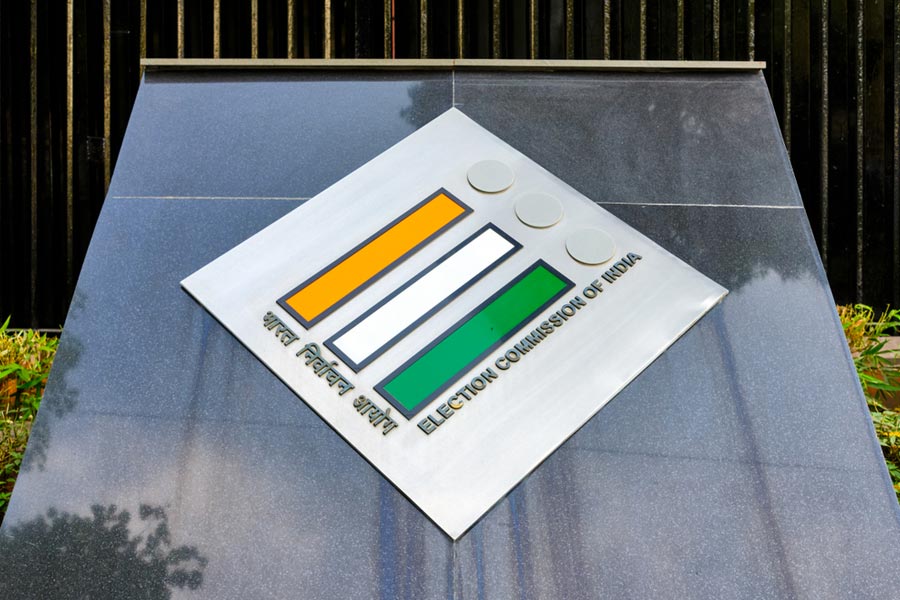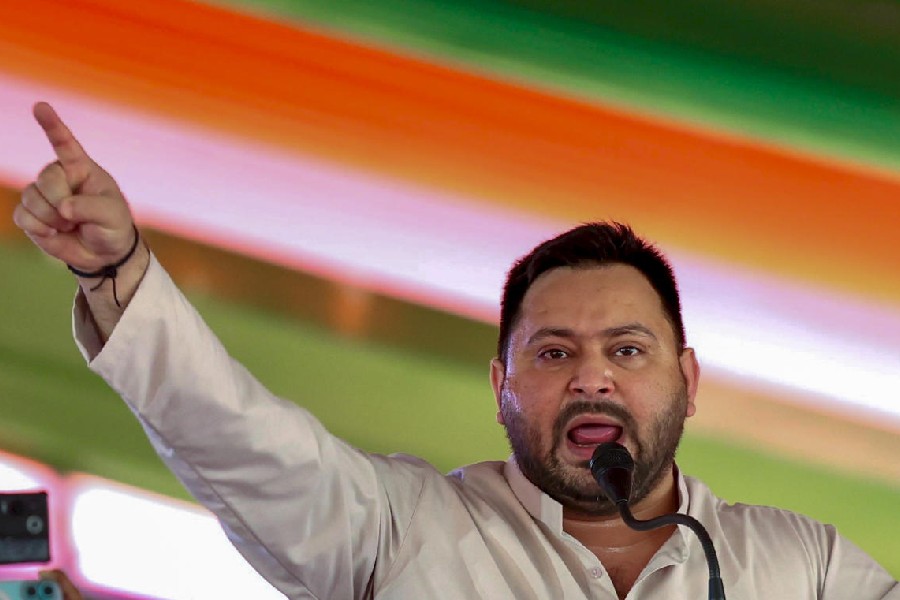|
|
Training in Hindustani classical vocals is not necessarily an advantage for a Rabindrasangeet singer, primarily because the meend-pradhan (dominated by gliding notes) gayaki of Tagore songs demands some amount of unlearning — or at least reworking — of a classical singer. But a singer who turns to Rabindrasangeet after a considerable period of classical training has a few leads too. Given the time spent in voice-training and riyaaz, it is unlikely that he will go off-key too often (though he is as much in danger as anyone else of hitting the wrong notes if he is not careful of the notation). He also has an edge when attempting compositions in the more complex taals such as ada-chautal and dhamar.
For his first ‘big’ Rabindrasangeet recital, at Kala Kunj on May 20, Sounak Chattopadhyay (picture) appeared to be aware of the pros and cons. He sang nine songs, all from Puja, some of which are the poet’s deepest conversations with the divine being. To begin with Aji kon dhan hotey bishhey amare kon jane kare banchito, a complex song in chautal, might be read as an attempt to impress, but it also speaks of confidence, which, thankfully, in this case was not misplaced. The singer’s diction is clear — the songs chosen are full of phonetically difficult word-compounds such as marma-majhare and karuna-arun. The careful pause before taba, so as not to separate the word from its companion, sakarun, though it comes only in the next line, reveals a close reading of Aji kon dhan hotey. Largely faithful to the notation, he strays slightly in Amal kamal shahaje jaler koley (tomaro in tomaro majhare and tomaro amritaprobaho is sá-gá-gá, and not sá-ré-gá)
Sounak is more comfortable in the slower songs like Tomari madhur rupey bhorechho bhuban and E moho abaran, but did he have to follow Rajeswari Datta’s version of E moho? He could have sung the perfectly beautiful, nuanced authentic version. Neither did he have to repeat verses of the songs.
Pramita Mallick occupied the shorter second half of the evening, following her student’s performance. One of the more cerebral among contemporary singers, she had chosen six songs, the first three composed before Tagore turned 30 and the next three after he crossed 60. The sombre reflection on the nature of love in Prem eshechhilo nishhabdocharane (composed a year or so before the poet’s death) and Tumi to shei jabei chole (a composition from his 64th year) provide an interesting foil to the flirtatious overtures and infatuations of O keno churi kore chay and Keho karo mon bujhe na (both composed when Tagore was only 22). The singer glides effortlessly from one mood to the other, matchlessly rendering lines such as “batash jokhon kende gelo, pran khule phul phutilo na”. By popular demand, Mallick also sang Amar shesh paranir kori kanthe nilem gaan.











